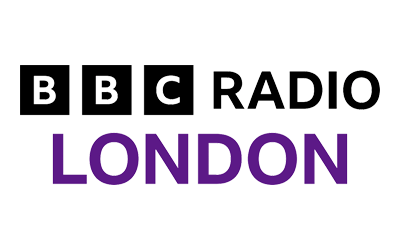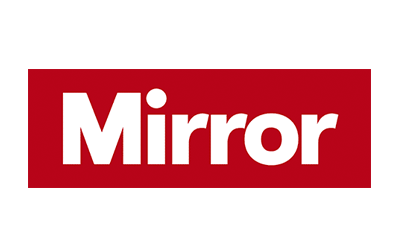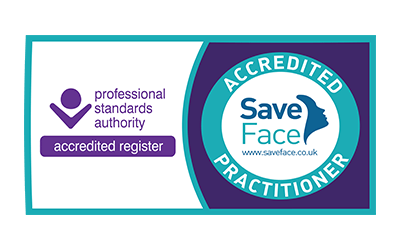What is a facelift?
Rhytidectomy – more commonly known as a facelift – is a procedure designed to improve visible signs of ageing on the face. This may involve tightening and elevating the facial muscles, removing or repositioning skin and eliminating excess fat.
Liz Jones’ account of the procedure details what you can expect before, during and after a facelift.
What different kinds of facelift are there?
There are three different kinds of facelift:
- A neck and lower facelift – corrects visible lines and creases between the nose and mouth, tightens the jawline and removes loose skin (jowls) and fat deposits around the neck
- A brow and upper facelift – corrects hooded eyelids and smoothes out any forehead creases or lines
- A cheek and mid facelift – corrects flat and sagging cheeks and hollowness under the eyes
These three types of facelift can be performed together or as individual procedures.
How does a facelift work?
The basic principle behind all three types of facelift surgery is to elevate sagging facial tissue. This is done by making carefully placed incisions, then lifting and repositioning the skin. A bandage dressing is then applied to provide gentle compression, reducing swelling post-procedure.
A thorough consultation with Mr Karidis will take into account your individual characteristics to achieve optimum results. No two patients are the same and no two facelifts should be, so you will receive a unique and personalised treatment designed to target your own concerns.
How long does a facelift last?
The positive effects of a facelift are permanent. Your skin will of course continue to age at its usual rate depending on your individual skin type and muscle tissue – facelifts cannot stop the clock – but your face will never revert to how it appeared prior to the procedure.
The effects of a facelift can be enhanced through subsequent procedures such as:
- Dermal fillers
- Skin smoothing injectables
- Medical facials
- Chemical peels
- Ultherapy
There are also actions that you can take in your day to day life in order to keep your appearance as youthful as possible following the a facelift.
Ways in which you can preserve the effects of a facelift include:
- Avoiding smoking
- Wearing Factor 50 sunscreen
- Using products designed to maintain the effects of surgery
There are no limits to the amount of facelifts a person can have. Patients may opt for a second facelift anywhere between seven and fifteen years after the first procedure.
What are the alternatives to a facelift?
A surgical facelift is the most beneficial procedure to guarantee long-lasting results, however, there are several other options to consider for those who do not wish to have a facelift.
An alternative to a surgical facelift is a non-surgical facelift – also known as ultherapy. This is a non-invasive treatment that improves skin tone, reduces the appearance of sagging skin and increases elasticity.
The use of injectables are a good alternative to a brow lift and can even have better short-term results. However, injections must be repeated every three to six months in order to maintain the effects.
The use of dermal fillers is a good alternative to a cheek lift. Fillers must be repeated every six months for the first two or three treatments and every year after that due collagen buildup.
If you have any questions about the facelift procedure, please get in touch with us at the clinic where we will be able to advise you further. At Karidis Clinic, we now also offer deep plane facelifts and SMAS facelifts which offer natural, long-lasting results.















